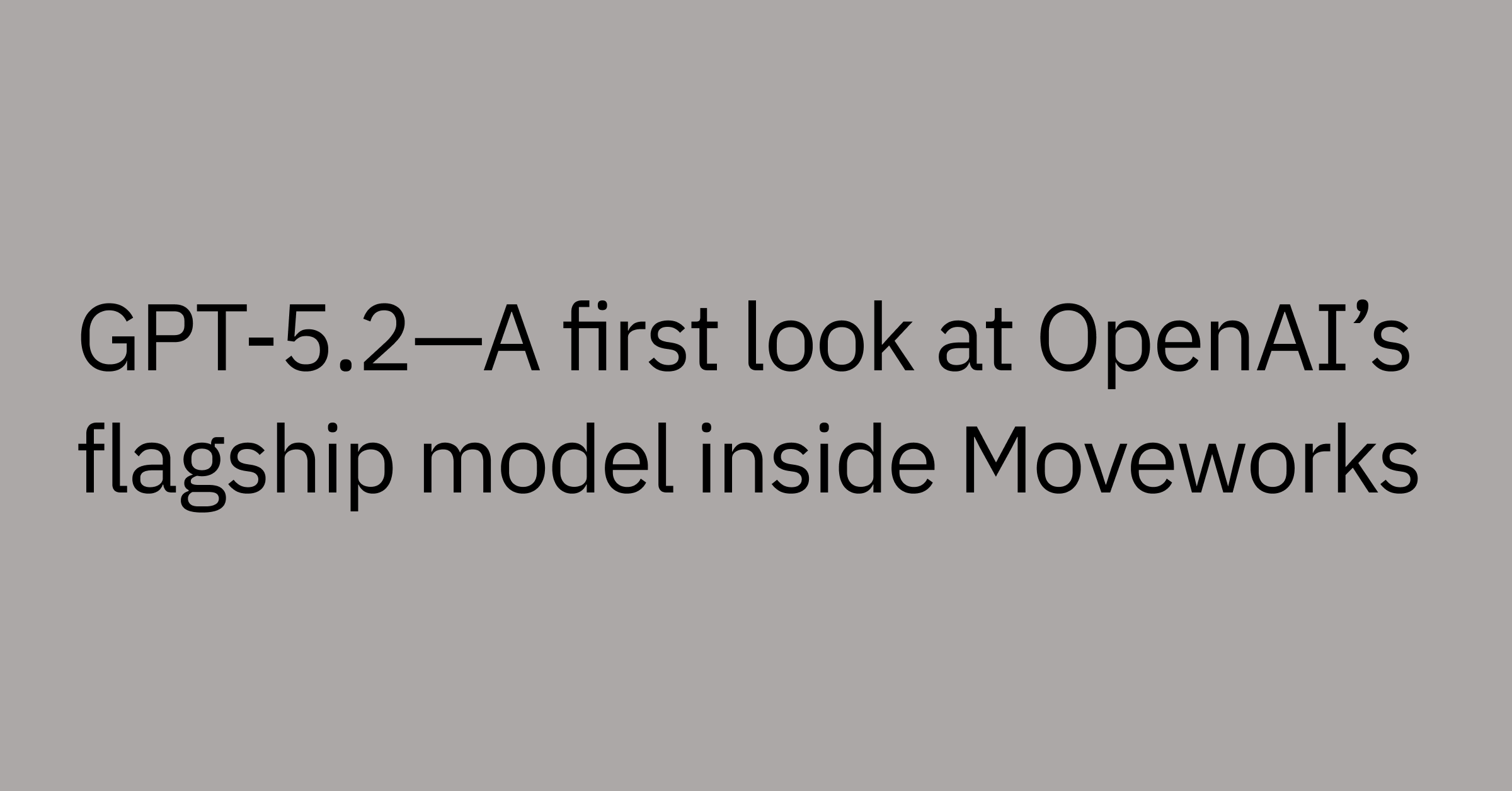Table of contents
By now, you've likely heard that companies count on the transformative abilities of AI copilots to streamline operations, enhance decision-making, and unlock new levels of efficiency. Now some copilot companies find themselves questioning their architecture as 'agentic AI' copilots show an incredible potential for more sophisticated reasoning and actioning abilities.
AI agents may represent the next wave of innovation in artificial intelligence, with 82% of companies in a Capgemini survey wanting to implement AI agents in the next 1-3 years, and investors betting on companies producing AI agent technology.
What powers the problem-solving abilities of these new AI agents? Agentic reasoning. Agentic reasoning refers to an agentic AI system using a reasoning engine as the means to help accomplish autonomous decision-making. Here, we’ll explore how AI uses these reasoning engines to mimic human problem-solving techniques.
Defining agentic AI
Agentic AI refers to AI systems designed to autonomously pursue complex goals and workflows with limited direct human supervision. Agentic AI can plan, make decisions, and adapt as it executes multi-step processes. AI agents are able to perform these complex tasks and are able to be programmed to complete specific tasks across domains, processes, systems, such as assisting IT support, creating automation for HR, or ensuring security compliance, with the help of reasoning engines.
Let’s explore and define key concepts in Agentic AI and how these capabilities differ from other non-agentic artificial intelligence.
Generative AI
Generative AI is designed to produce new content—whether it be text, images, music, or any other form of creative output—based on prompts and its training data. It utilizes patterns learned from this data to generate outputs that mimic human-like text based on the vast information they've been trained on. This includes an extensive array of subjects and styles, allowing them to be incredibly versatile in the responses they generate.
Agentic AI, while it may utilize generative AI and large language models (LLMs) as components of its architecture, incorporates additional capabilities that extend far beyond content generation. Agentic AI is characterized by its ability to make decisions, iterate on processes, and autonomously manage workflows without explicit human guidance for every step.
It's about endowing AI with a level of autonomy and decision-making capacity that allows it to perform tasks, solve problems, and adapt its approach based on the situation and objectives. This type of AI can evaluate its responses, learn from interactions, and even change its tactics to better achieve its goals, embodying a more independent and proactive form of artificial intelligence.
Non-agentic AI
Non-agentic AI is characterized by its task-specific design. It’s engineered to perform predetermined actions or solve particular problems without the capacity for independent decision-making or goal-setting. Examples of non-agentic AI could include: image recognition systems, spam filtering technologies, and traditional chatbots. Such systems operate within a defined scope of functionality, utilizing algorithms that process inputs and deliver outputs based on their programming, but without the ability to deviate from their set parameters to pursue objectives or adapt to new contexts on their own.
Retrieval Augmented Generation (RAG)
RAG helps generative AI and non-agentic AI return more productive, accurate outputs by adding the ability to search a specific data set. These tools are still designed to create outputs or complete specific tasks, but now have access to additional data. The problem is that they struggle to decide which pieces of data are most important.
RAG is a technique that enhances AI's ability by integrating a retrieval step into the generative process. This means that when tasked with generating an output or solving a problem, the AI doesn't solely rely on its pre-trained model's knowledge. Instead, it actively searches an external, specified dataset for relevant information that can inform its response. This additional context helps the AI to produce more accurate, informed, and nuanced outputs.
The incorporation of RAG into agentic AI systems can significantly boost performance by providing access to a broader range of data beyond their initial training sets. However, the challenge of RAG lies in some systems' limited ability to discern the relevance and importance of the retrieved data. Without reasoning abilities, these systems might struggle to decide which pieces of information are most pertinent to the task at hand.
What is a reasoning engine?
A reasoning engine represents a sophisticated system designed to emulate human problem-solving processes. It serves as the "brain" of an AI application, such as an AI copilot, enabling it to understand, plan, act, evaluate, and iteratively refine its approach to achieve specific user-defined objectives. The reasoning engine includes algorithms and methodologies to empower AI systems with the capability to handle tasks in a manner similar to human reasoning.
How do reasoning engines work?
Reasoning engines can work by using the following capabilities to navigate different parts of the problem-solving process:
Contextual analysis: Each request is different, and even similar requests may be prompted differently by different users. A reasoning engine has to understand the problem to be solved and adjust its actions accordingly.
Intelligent source selection: Reasoning engines don’t pull data at random. It is able to identify and prioritize information sources based on reliability and relevance—something simpler AI systems are challenged by.
Multi-step planning: The reasoning engine powers AI’s ability to create a plan with more than one action. Specifically, the engine breaks down the problem into discrete steps that it is able to execute successfully.
Cross-system orchestration: The engine retrieves information and executes actions across multiple systems, applications, and functions in real time. This cross-system capability ensures that the AI can utilize the best tools available for each step in the problem-solving process, thereby maximizing efficiency and effectiveness.
Agentic reasoning also empowers the AI to reflect on its progress. Unlike simpler AI platforms, which might require human intervention to refine outputs or provide additional prompts, an AI with a reasoning engine can "prompt itself" for these refinements, empowering the AI to reflect on its progress
When asking an agentic AI equipped with a reasoning engine to write code, it is able to also evaluate the output, identify errors, and correct them. For simpler AI platforms, the output might have to be refined with additional prompts, but the reasoning engine helps the AI prompt itself for those refinements.
Elements of agentic problem solving
To effectively navigate the complex problem-solving steps outlined earlier, reasoning engines rely on a sophisticated array of components, each serving a specific function within the overall system. These components not only enable reasoning engines to understand human input and external data but also to help to make informed decisions, learn from experiences, and interact with a wider ecosystem of digital tools and databases.
To understand and accomplish these problem-solving steps, reasoning engines depend on several components.
- Natural language processing (NLP): Enables reasoning engines to interpret and understand human language as it is naturally spoken or written. It is required for the reasoning engine to accurately parse and understand requests.
- Knowledge graphs: Are structured databases that organize and link information from multiple sources so that the reasoning engine is able to assess relevance, understand the relationships between different pieces of information, and apply this knowledge to the task at hand.
- Inference engine: Applies reasoning rules to the relevant data—it’s how the engine makes decisions about the best course of action and draws conclusions.
- Machine learning models: Help the reasoning engine improve itself over time. By analyzing patterns in data, outcomes of previous decisions, and evolving contexts, these models are able to adapt and refine the engine's problem-solving strategies.
- API integrations: Connect the reasoning engine to other enterprise systems (HRIS, CRM, etc.)This connectivity enables the reasoning engine to pull in relevant data from these systems or push actions to them as part of its problem-solving processes.
As an example of agentic reasoning in action, imagine an account executive is trying to get the latest information on a potential sale. No two account executives are going to prompt the AI copilot the same way, and depending on the recency of the customer record a variety of tools (such as sales call transcripts in Gong or customer communication history in Salesforce) might all have information, only some of which is important to the account executive. The reasoning engine helps the AI agent pull relevant data across these systems, ask additional questions, and take next steps like sending an email or scheduling a meeting.
How Moveworks uses agentic reasoning
The Moveworks Reasoning Engine uses an agentic AI framework to help enterprise employees handle everyday challenges and become more productive. The engine includes multiple LLMs with different areas of specialization in language understanding or problem-solving. The Reasoning Engine is able to interpret user messages, recall previous conversations, and rewrite queries to piece together a complete and well-defined problem statement to solve for.
Once the AI has identified user goals, it uses the rewritten query to determine the steps needed to achieve them, puts those steps in sequence, and identifies the most relevant tools, systems, and application-specific actions to execute those steps. But how do we know that a given plan makes sense in the business context? We also "ground" the AI with specific enterprise data and company knowledge so that the agent isn’t reliant on only training data from the LLM. Grounding helps to reduce hallucinations and, combined with organization-specific plugins, helps enable our copilot (now called Moveworks AI Assistant) to operate across environments and departments for every employee.
The Reasoning Engine is able to connect with hundreds of enterprise systems and data sources using plugins. Plugins are extensions that help to bridge the gap between the AI's decision-making capabilities and the practical execution of tasks, and the Reasoning Engine accesses a catalog of plugins when identifying and executing relevant actions – such as reseting passwords, deploying servers, booking meeting rooms, creating IT tickets, pulling reports, or syncing data across systems—all in fractions of a second. Remarkable abilities for sure, which we explore in more depth and detail in our article on How the Moveworks Reasoning Engine supercharges productivity with agentic AI.
Agentic reasoning represents the future of AI because it is able to perform the same diligence as a human agent when it comes to comprehending a user's issue, developing a plan to fix it, and executing the appropriate actions to do so with the same degrees of success—only AI can do it faster, for cheaper, and around the clock. These advancements, coupled with machine learning algorithms, enables agentic AI to improve over time, taking on more tasks and helping to free your workers to contribute in more significant ways.
See the power of Moveworks' agentic reasoning for yourself by requesting a demo today.



